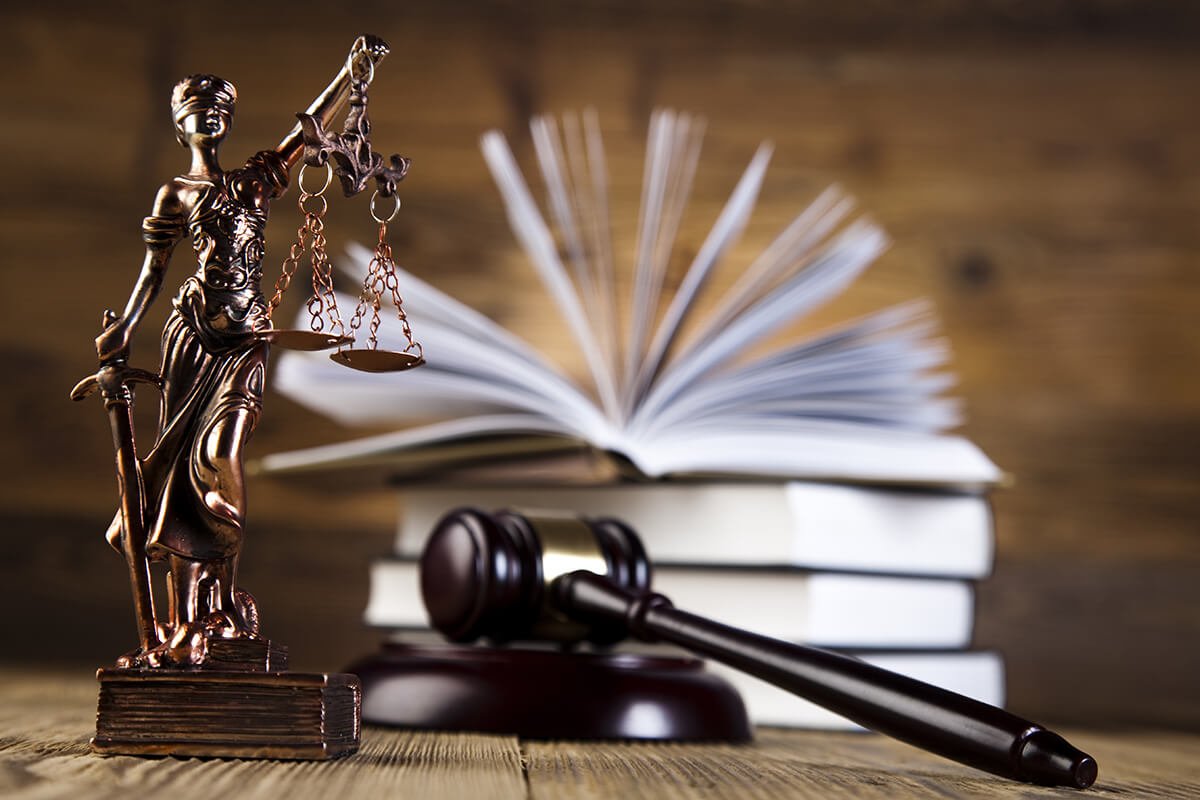Legal aspects of intellectual property protection in the digital era
Introduction
With the development of digital technologies and the Internet, the issue of intellectual property (IP) protection has acquired new dimensions and challenges. From music and movies to software and scientific developments, the digital era has changed the way content is created, distributed and used. This, in turn, has affected the legal mechanisms governing the protection of intellectual property.
Main challenges
Piracy and copyright infringement:
- One of the biggest problems in the digital age is piracy. The unauthorized copying, distribution and use of digital content causes significant losses to creators and rights holders. Internet platforms, file-sharing services and social networks can facilitate the rapid spread of pirated content.
The complexity of monitoring and enforcement:
- Tracking copyright infringement in the digital environment is a challenging task. The huge amount of information available on the Internet requires effective tools to detect and combat infringement. Infringers often use technology to anonymize themselves and circumvent legal mechanisms.
The international nature of the violations:
- The Internet has no borders, which makes enforcement difficult at the international level. Infringements may occur in one country while the right holder is located in another. This requires the development of international agreements and coordination of interstate cooperation.
Legislative measures
International agreements and conventions:
- There are a number of international agreements aimed at protecting IP, such as the Berne Convention, the TRIPS Agreement (Agreement on Trade-Related Aspects of Intellectual Property Rights) and the WIPO Copyright Treaty. These agreements set minimum standards for IP protection and promote coordination between countries.
National legislation:
- Each country develops its own laws to protect IP. In Ukraine, for example, there are the laws "On Copyright and Related Rights" and "On Legal Protection of Inventions and Utility Models." These laws regulate the registration, use and protection of various IP objects.
Digital rights and protection technologies:
- Digital rights management (DRM) technologies are used to protect IP in the digital environment. They allow you to control access to digital content, preventing unauthorized copying and distribution. For example, DRM technologies are used in the fields of music, movies, and software.
Perhaps you will be interested in the services of our platform: consultation of a lawyer, consultation of a lawyer, analysis of documents, legal analysis of the situation, legal analysis of the situation, written consultation, verification of documents by a lawyer, legal analysis of documents, lawyer online, lawyer online, legal opinion, legal opinion of a lawyer, legal opinion, lawyer's consultation document analysis legal analysis;
Prospects and recommendations
Development of monitoring technologies:
- Investing in the development and deployment of new technologies to monitor and detect IP infringement is a key step. This includes the use of artificial intelligence and machine learning to automatically detect pirated content.
Awareness raising and education:
- It is important to raise public awareness of the importance of IP protection and the consequences of infringement. Educational programs and campaigns can help to shape attitudes;
- a culture of respect for intellectual property.
- International cooperation:
- Strengthening international cooperation through agreements and alliances is an important aspect of effective IP protection on a global scale. This includes information exchange, coordination of actions to detect and stop infringements, and joint efforts to develop new regulations that meet the challenges of the digital era.
Improving the legal framework
Legislative updates:
- Legislation needs to be constantly adapted to the new challenges that arise in the digital era. This includes the development of new laws and amendments to existing regulations to ensure effective protection of digital IP. For example, many countries have already adopted laws regulating the activities of Internet platforms to prevent the distribution of pirated content.
Protection of rights on the Internet:
- The development of legal mechanisms to protect IP on the Internet is an integral part of modern legislation. This includes the introduction of legal instruments to combat online piracy, such as blocking access to websites that distribute pirated content, fines and other sanctions for violators.
Support for innovation and creativity:
- Legislation should create favorable conditions for the development of innovation and creativity. This includes granting legal protection to new IP objects, such as software, databases, digital works of art, and other products of the digital economy. Supporting innovative start-ups and creative industries also contributes to economic development and competitiveness.
The role of the judiciary
Fair and effective justice:
- The judicial system plays an important role in ensuring IP protection. It is important that courts have sufficient IP knowledge and competence to fairly and effectively adjudicate cases of infringement of copyrights, patents, trademarks and other IP.
Speeding up litigation:
- Given the rapid pace of development of digital technologies, it is important to ensure the efficiency of judicial proceedings. This can be achieved through the specialization of courts or judges in IP cases, the introduction of e-justice and other innovative methods.
Use of alternative dispute resolution methods
Mediation and arbitration:
- Alternative dispute resolution methods, such as mediation and arbitration, can be effective tools for resolving IP conflicts. They reduce the time and resources associated with litigation and help to reach mutually beneficial solutions.
Online platforms for dispute resolution:
- The introduction of online dispute resolution platforms can greatly simplify the process of IP enforcement in the digital environment. Such platforms can provide fast and convenient access to justice for all parties to the process, regardless of their geographical location.
Conclusion.
Protecting intellectual property in the digital era is a complex and multifaceted task that requires a comprehensive approach and cooperation at the national and international levels. Addressing piracy issues, improving the legal framework, developing monitoring and enforcement technologies, and raising public awareness.

































